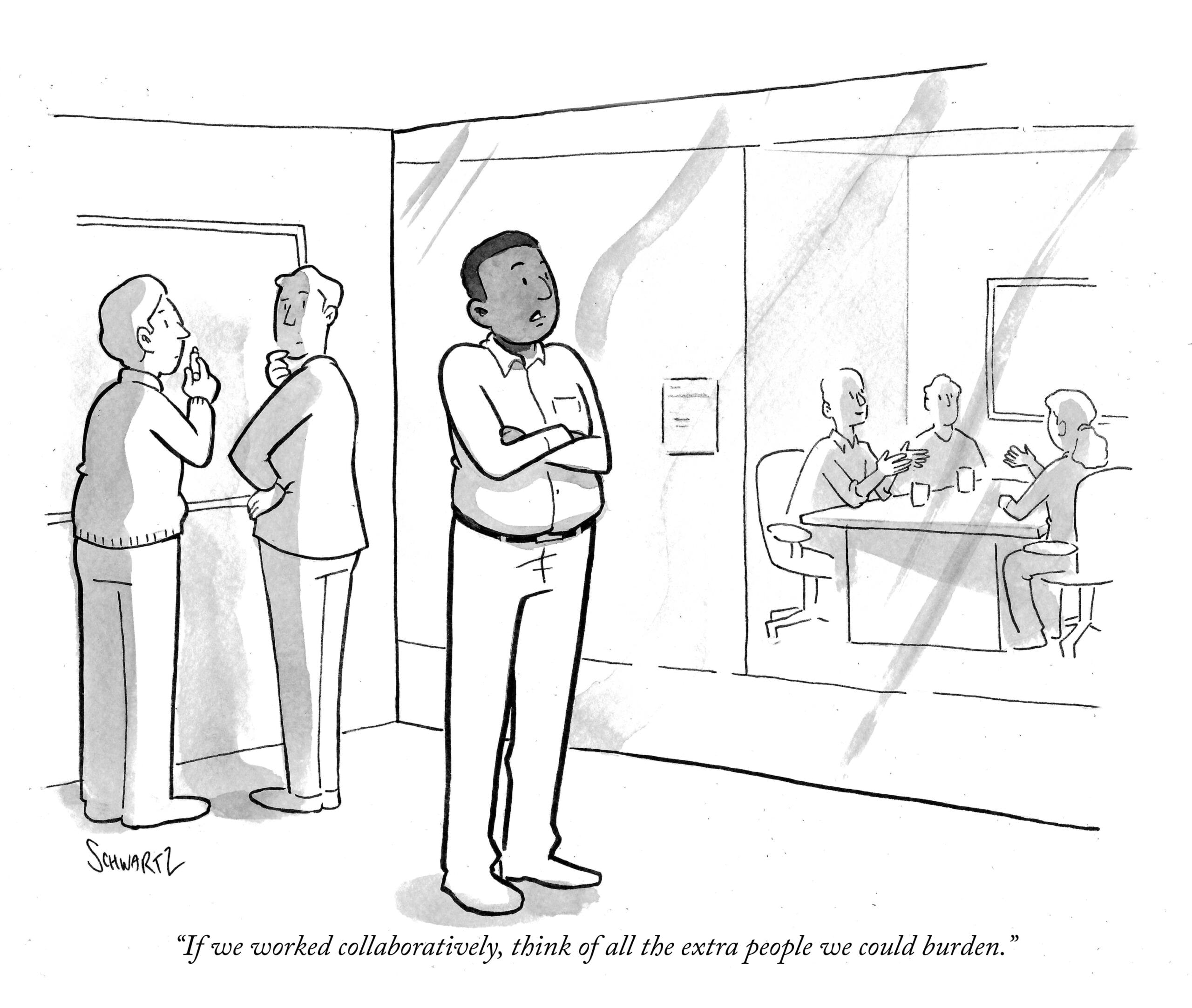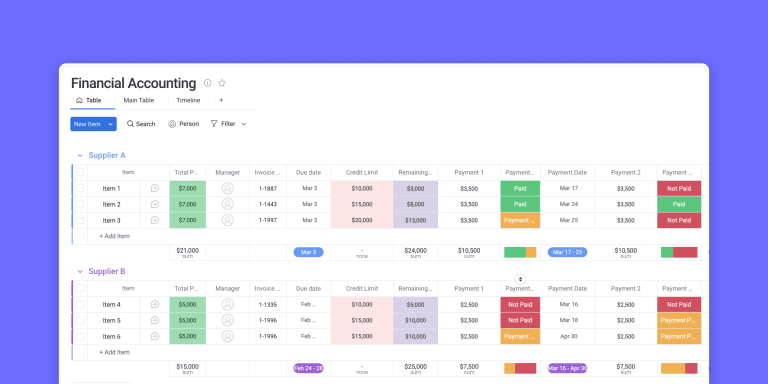Workplace trends
Research says workplace wellness perks aren’t working
Since the pandemic, the corporate wellness services industry has been booming, with companies increasingly investing in wellness initiatives to improve worker health and productivity. And though some previous research supports these efforts, a recent Oxford University study suggests that the multibillion-dollar industry isn’t all it’s cracked up to be. The study found that workers who chose to use their companies’ mental health benefits, from mindfulness apps to resilience workshops, saw no improvement compared to those who didn’t use them. In fact, participating in resilience and stress-reduction training at times actually seemed to produce a negative effect, because it often compounded workers’ anxiety if the service they assumed would work didn’t help them. The study concludes that while offering mindfulness and wellness apps are nice, if organizations seriously care about supporting employee well-being, changes need to come in the form of intentional workplace shifts.
2024 is kicking off with massive layoffs
This year, many companies including Amazon, Google, BlackRock, and Citigroup have already announced they’re cutting their workforces, adding to the general uneasiness in today’s job market. In tech alone, more than 20,000 employees have already been laid off in the month of January, per layoffs tracker Layoffs.fyi, and these numbers don’t seem to be slowing down yet. In fact, a recent survey by MyPerfectResume found that 85% of surveyed workers are worried they’ll lose their jobs this year. That said, while it may not be reassuring to anxious employees, some experts believe these reductions are materially different – and less concerning – than those in past years because rather than sweeping cost-cutting efforts amid concerning economic conditions, many of the early 2024 layoffs reflect relatively healthy tech companies shuffling their priorities amid the growing generative AI excitement.
The AI corner
Don’t worry, AI is still more expensive than human labor
It turns out that even for jobs that could theoretically be done by AI, replacing human workers often doesn’t necessarily make economic sense, according to research by MIT. The findings showed that it’s only economically sensible to replace human labor with AI in about one-fourth of the jobs involving tasks that can be handled by a visual recognition AI system. A large reason for this is that due to the tech’s high upfront costs, in most cases, using AI is significantly more expensive than simply paying a human to do the work. Additionally, while it might not entirely apply to generative AI tools like ChatGPT, experts say the analysis should comfort workers who are anxious about how much of the job market is susceptible to automation. That said, MIT researchers warn that things could change pretty quickly if AI becomes cheaper and more accessible to smaller companies.
AI is speeding up package deliveries
In the next few years, AI is expected to transform the logistics of consumer deliveries with new technologies and improvements. Some companies are turning to machine learning and sensor information to predict when parking spaces will be available and to direct drivers toward spots that are opening up while they’re still in transit. Others are starting to explore the ability of drones to bypass typical traffic and parking issues that often restrict delivery trucks. Many companies will even tackle the time-consuming process of getting packages from the delivery truck to the customer’s door with robots that can climb stairs and hop off moving vans to complete the deliveries. Additionally, researchers are looking for ways to utilize AI tools to find the best delivery routes and boost driver safety by instantly alerting drivers of dangerous situations.
Giving feedback that really resonates
By monday.com
Feedback is a powerful tool to help your team members grow and develop. And when delivered the right way, it enables you to align goals and expectations with your employees, address what’s working well, pinpoint areas to improve, and empower your team members to deliver their best work.
That said, feedback can also be a sensitive matter for employees, and when it doesn’t come out exactly as you had intended, you risk harming morale, triggering resentment, and potentially leading valued team members to seek opportunities elsewhere.
So, how can you give meaningful and productive feedback to your team members?
Focus on behavior
When you give your employees feedback, it’s so important to address behaviors as opposed to characteristics, because behaviors can be changed, while personalities can’t. For example, telling someone, “You’re too aggressive” is pretty vague and can sound like an attack on the person’s character, while saying, “You tend to interrupt people when they’re sharing their ideas in meetings” is more actionable and easier to fix. Critiquing a behavior is less personal and more solvable, making it way more productive and useful to your team members.
Share positive feedback, too
Feedback shouldn’t only be given when something goes wrong. In fact, it can also be an extremely effective way to highlight what’s working and the kinds of behaviors your employees should continue. So, do your best to give your team members positive feedback when you believe they’ve done something really well. Doing so not only instills confidence in them, it also reframes feedback as a mechanism for helping them maximize their performance, so that it’s not just some scary thing that only comes up when there was a misstep.
Use inclusive language
When your employee messes up, recognize that you are the manager, which means there are likely shifts you too could make to ensure different outcomes next time. Putting all the blame on the team member is not the sign of a strong leader, so be intentional about how you frame your feedback to avoid making it sound like an attack. When you use words “we” and “us” to discuss ways to improve, it shows your team members that you see necessary changes as a shared effort and that you hold yourself accountable as well. For example, rather than saying something like, “Next time you should update me earlier on,” saying, “Next time we should sync earlier on.”
Avoid too many examples
While it can be helpful to give examples relating to your feedback in order to provide context, it can also open the door to defensiveness and lead employees to focus too much on the specific scenario you referenced as opposed to the message you’re trying to convey. So, do your best to frame your feedback around the future and discuss what can be done going forward, rather than diving too deeply into what happened in the past.
Try to be proactive
When you give feedback, do your best to not just state what went wrong, but to actually offer tangible direction and ways to improve going forward. For example, instead of just saying, “You push back too much when teammates give you feedback,” saying something like, “When you don’t agree with the feedback your teammates are giving you, try to ask follow up questions to understand it better as opposed to just rejecting it right off the bat.” The more solution-oriented you can be, the more prepared your employees will be to navigate these situations better going forward.
Keep it casual
Don’t wait for formal feedback talks to offer your input and guidance. Do your best to work feedback into regular conversations with your team members because the more casual it feels, the less overwhelming and nerve-racking it becomes to receive feedback. Whenever you’re discussing a project or assignment, try to openly acknowledge things that are working well and where there may be room to improve going forward. This also helps you trust your team members to navigate future situations because you know that they have the feedback they need to make the right decisions going forward. It also allows your team members to feel confident that they know what behaviors to repeat and what to look out for the next time around.
Water cooler chatter
For the first time ever, a cloned monkey has lived to adulthood, according to scientists in China. The rhesus monkey named ReTro is the first healthy clone of his species to live to two years old. While replicated embryos typically have low survival rates, the scientists used a fairly unconventional method to create ReTro, which reduced defects.
Instagram will start sending “nighttime nudges” to teens who have spent more than 10 minutes on the app late at night. This is Meta’s latest move to try and help younger users limit their social media usage amid a push for increased restrictions and parental controls.
Question of the week
Last week’s answer: Adidas
This week’s question: What’s the average employee turnover rate across industries?
Just for laughs

Collaboration = more people to burden
Don’t miss more quality content!



